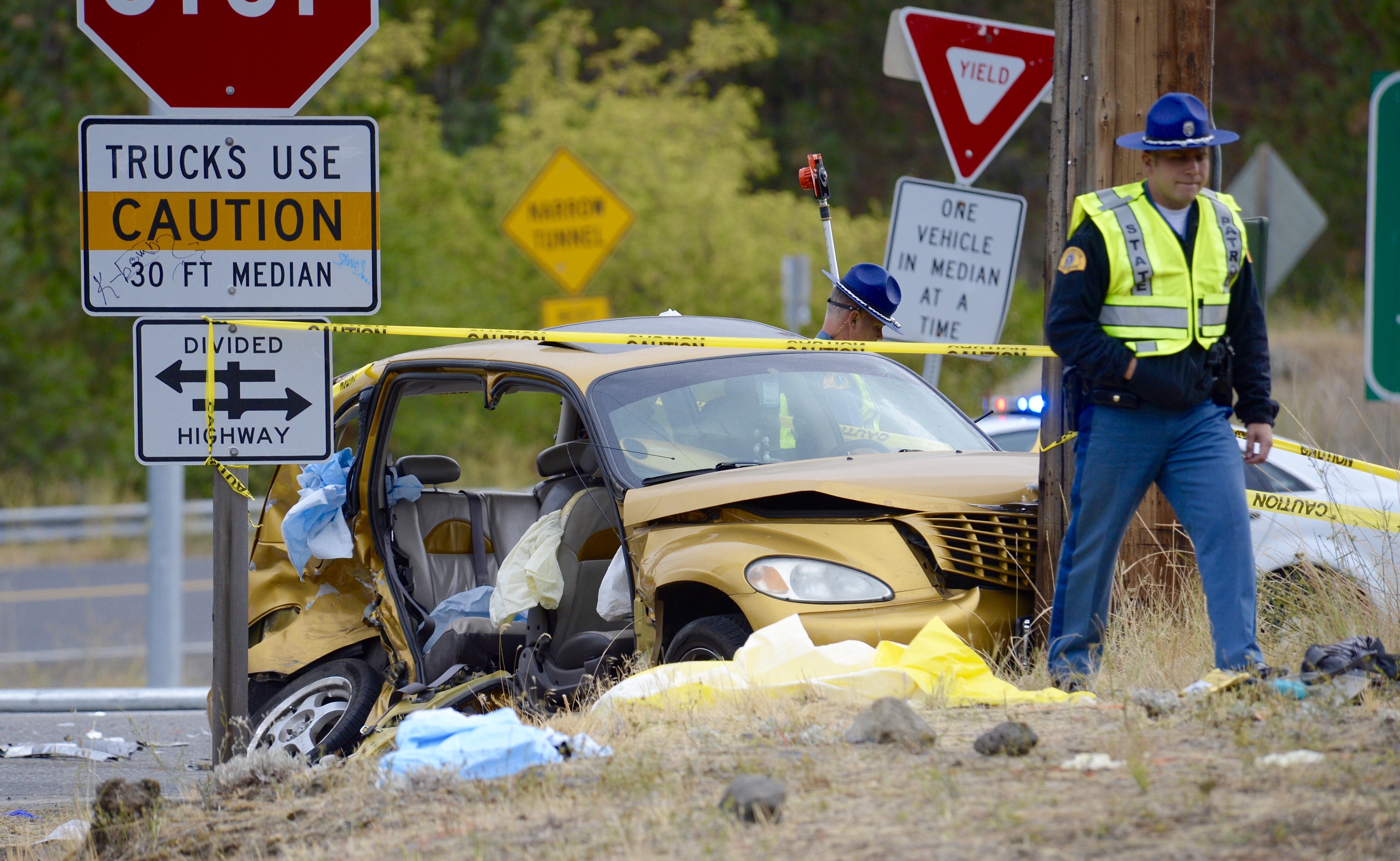Jon Larsen, PE - CNU Utah Board Chair
Until we slow down cars, people will continue to die in crashes on our streets. It’s that simple. We’ve tasked our engineers with the impossible: maintaining traffic speeds as fast as possible while at the same time asking them to keep everyone safe. As a society, we’re in denial about the fact that we can’t have both. Something has got to give.

We need to differentiate between highways, which are meant for high speed travel between two points, and streets, which are meant for accessing destinations, and in many cases are the destinations themselves. Too often, we have applied highway design standards to streets, giving drivers the false impression that it’s safe to drive fast.
We could start by designing (or retrofitting) all streets near schools, parks, libraries, residential neighborhoods, and shopping centers to 25 mph. This is not an unreasonable speed. The difference between 25 and 40 mph on a typical 3-5 miles trip is inconsequential. The safety impacts are not.
We need to lower design speeds, not just speed limits. This means narrow travel lanes, and design elements that make drivers intuitively aware that they are in a place where people are walking along and across the street. This would include things like street trees, human-scaled lighting, etc., and most importantly, narrow lanes.
I dream of a day where we talk about kids getting getting hit and killed in our streets the way we talk about polio and smallpox: a problem of the past. We have the vaccine, but are we willing to face the minor inconvenience of using it?
The change needs to come from the highest levels of industry leadership all the way down the chain. Just as important, change needs to come from policy makers (i.e. elected officials) who make it crystal clear that safety is more important than speed. The change needs to come from an educated public that understands this tradeoff and is OK with it. Until that happens, the tragedies will continue.
For more detail on this topic, read my recent article on the Strong Towns website.
About the author: Jon Larsen is a professional engineer in the state of Utah. He spent the first half of his career in the private sector as a traffic engineering consultant and currently works in the public sector doing travel demand forecasting. His specialties and interests lie in understanding the transportation/land use interaction, and in creating great places where communities can thrive. Jon is the chair of the board for the Congress for the New Urbanism (CNU) Utah Chapter.

